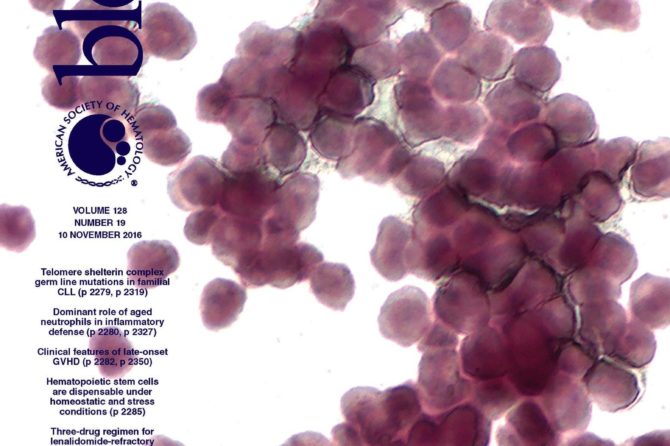
Μια πιλοτική μελέτη των μυελοειδών λευχαιμιών (CML) από μυελό των οστών και από λιπώδη βλαστοκύτταρα
Abstract
Background Chronic myeloid leukemia (CML) is a disease of the haemopoietic stem cell, hence its hallmark chromosomal rearrangement is detected in different haemopoietic lineages. Due to reported altered adhesion of haemopoietic cells to bone marrow stroma in CML, the cytogenetic profile and properties of bone marrow and adipose tissue mesenchymal cells have been the interest of our current study. Previous research has shown that the BCR-ABL fusion gene is not present in bone marrow mesenchymal stem cells; however, it has been detected in endothelial cells and in Flk1+ hemangioblastic progenitors.
Aims To study the properties of mesenchymal stem cells in CML, we initially investigated the presence of the BCR-ABL fusion gene in bone marrow and adipose tissue mesenchymal stem cells (MSCs) of patients with CML at diagnosis. Although previous studies have yielded negative results, the numbers of patients studied have been limited. Moreover, the presence of BCR-ABL in hemangioblastic progenitors in some cases of CML patients highlights the possibility that the lesion can sometimes be detected in a progenitor cell much more primitive than the haemopoietic stem cell. Adipose tissue MSCs were studied concomitantly with those of bone marrow in order to establish possible cell motility between the two compartments during disease evolution.
Methods We isolated mesenchymal stem cells from bone marrow and adipose tissue mononuclear cells of four CML patients via cell culture. MSCs were isolated from the mononuclear cell fraction via serial medium changes removing non-adherent cells, followed by at least three passages. Patient samples were collected before the onset of therapy; three of the patients were diagnosed in chronic phase and one in blast crisis. High purity of MSCs from haemopoietic cell contaminants (>94% in all cases) was confirmed by flow cytometry; mesenchymal stem cells were positive for CD90, CD73 and CD105 and negative for CD34 and CD45. FISH analysis was performed to detect the BCR-ABL gene (probe LSI BCR/ABL1, ES Dual Color Translocation, Vysis). For each sample, 500 nuclei were examined.
Results The BCR-ABL fusion gene was detected in 15% of the bone marrow MSCs’ nuclei of one patient, who had chronic phase CML. The CD34+/CD45+ cell population percentage in the final MSC population isolated from this patient was only 1,5% on flow cytometry analysis, which means that this result cannot be accounted for by haemopoietic cell contamination of MSCs. The other three patients did not carry the translocation in their bone marrow MSCs upon FISH analysis. Adipose tissue MSCs of all four patients were negative for BCR-ABL.
Conclusions We have shown the presence of the BCR-ABL fusion gene in bone marrow mesenchymal stem cells of one CML patient. This result implies an occurrence of the t (9;22) (q11;134) translocation at a more primitive level in some cases of the disease, so that the bone marrow stroma can be involved in the malignant clone. Because there is still limited knowledge about the role of MSCs, whether BCR-ABL–positive or negative, in the development of the malignant haemopoietic clone in CML, our study will be extended to study the cytogenetic and gene expression profile of mesenchymal stem cells in a larger number of CML patients.

